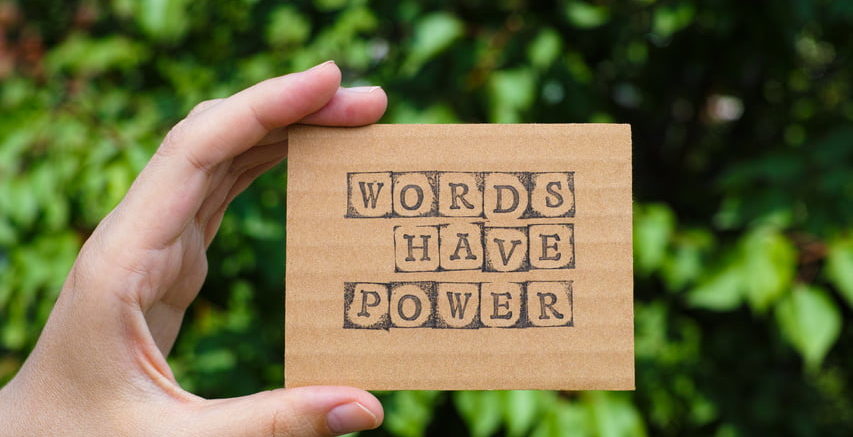In the book “Awakening Joy for Kids” as well as his adult course “Awakening Joy,” James Baraz (co-founder of Spirit Rock Meditation Center) describes ten wholesome habits to create well-being in your life. One of his first recommendations is to set a positive intention for your day to “incline your mind toward a particular vision.” By doing so, you are more likely to pay attention to ways that you are focusing on that intention and changing old habits that don’t help you achieve well-being. In his book, Baraz cites a quote from Dan Siegel, who describes that “Intentions create an integrated state of priming, a gearing up of our neural system to be in the mode of that specific intention: we can be ready to receive, to sense, to focus, to behave in a certain manner.”
I decided to try the practices described in “Awakening Joy for Kids” to see if I could co-create daily intentions for well-being with my children, namely my 5-year old at this point. Many of the activities in the book describe setting an intention with your child by actually writing down with pen and paper the positive habits we want to integrate into our lives such as “getting fresh air” or a “cup of tea” and then deliberately not giving attention or even writing and then shredding the habits we no longer want. I tried doing this with my 5-year old and we lasted about a couple of mornings. After that it seemed unrealistic and a bit cumbersome given our busy morning routine, and my daughter did not seem very engaged. On top of that, we already try to build in daily routines of writing in our gratitude journal so to add this exercise as another ritual in the mornings seems like a lot for our family at this stage in our lives.
But I do believe intention-setting is an important practice. So I really simplified things and started to just think of one word that I wanted to embody for the day. For instance, last weekend our house was a big mess, so I woke up and immediately chose the word “clean.” And I wanted that to be a primary focus of my day. We all spent some time as a family cleaning our house, but throughout the day I found myself thinking about the word and thinking about other aspects of my life that I should clean that day. I organized some files to “clean” out my desk. I went to yoga to “clean” out my knots and detox. It was a sunny day, so we wanted to get some “clean” fresh air together as a family. And I found that just by picking one positive word, I could remind myself of that word and deliberately put attention on just a few activities to center on that word or phrase. It’s not a forced exercise. No pen and paper needed. Rather it’s just about shifting our attention to something positive we want to remind ourselves of and then as Siegel says we are more “ready to receive, to sense, to focus” on that positive thing.
My 5-year old has also taken to picking a word for the day. We either talk about it over breakfast or on our drive to school, so it’s been very easy to integrate into our daily routine. And not surprisingly, while my daily words have been more about ways to relax or find balance in my life, hers have centered around play. She’s picked words like “play” or “friends” or even “wacky” on Wacky Hair Day, when she wanted to be goofy all day. I’m curious to see how her word of the day evolves as she gets older, but for now it’s a great way to check-in to what’s top of mind for her and helps us both cultivate our minds toward greater well-being.




Share this: